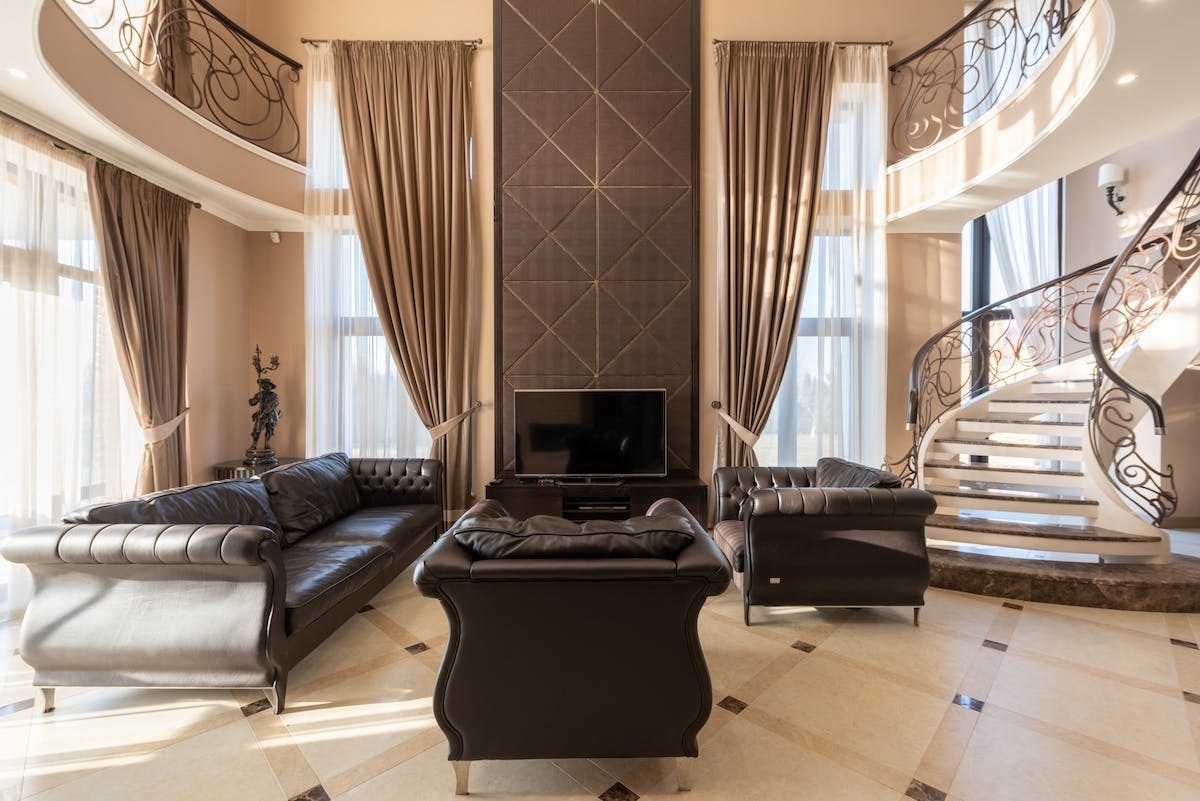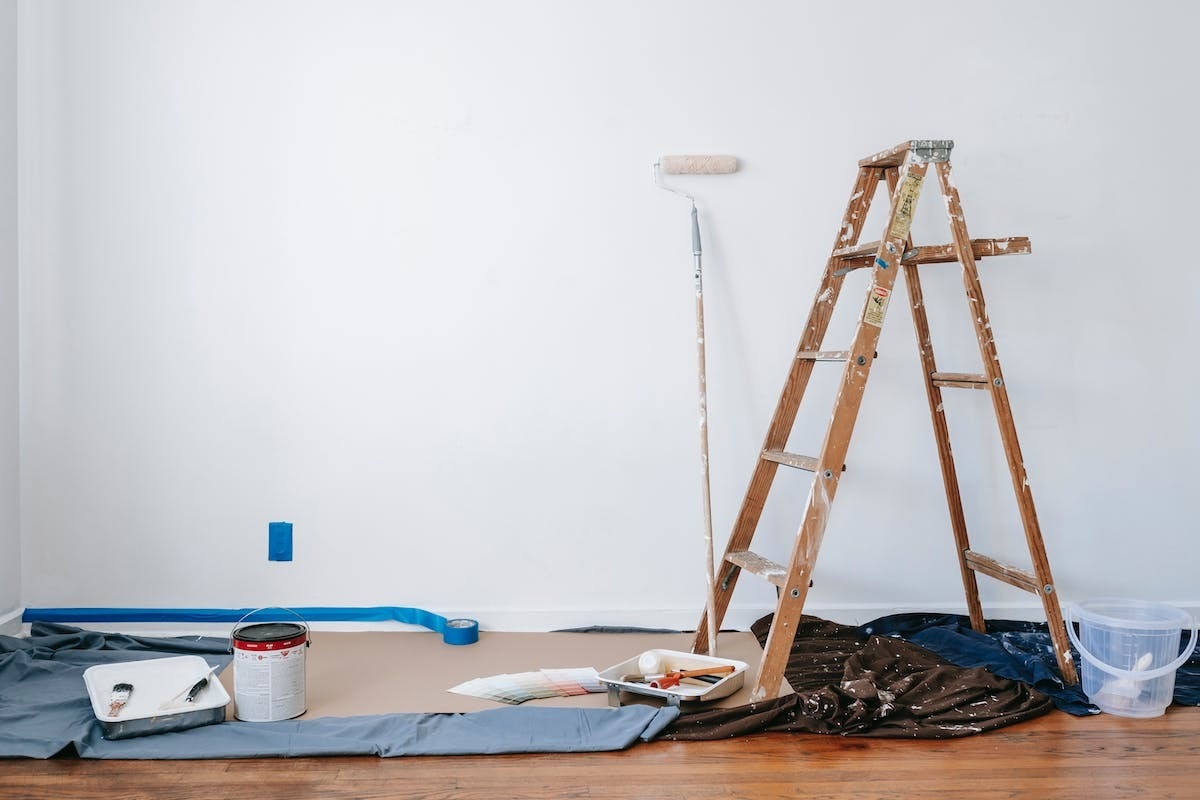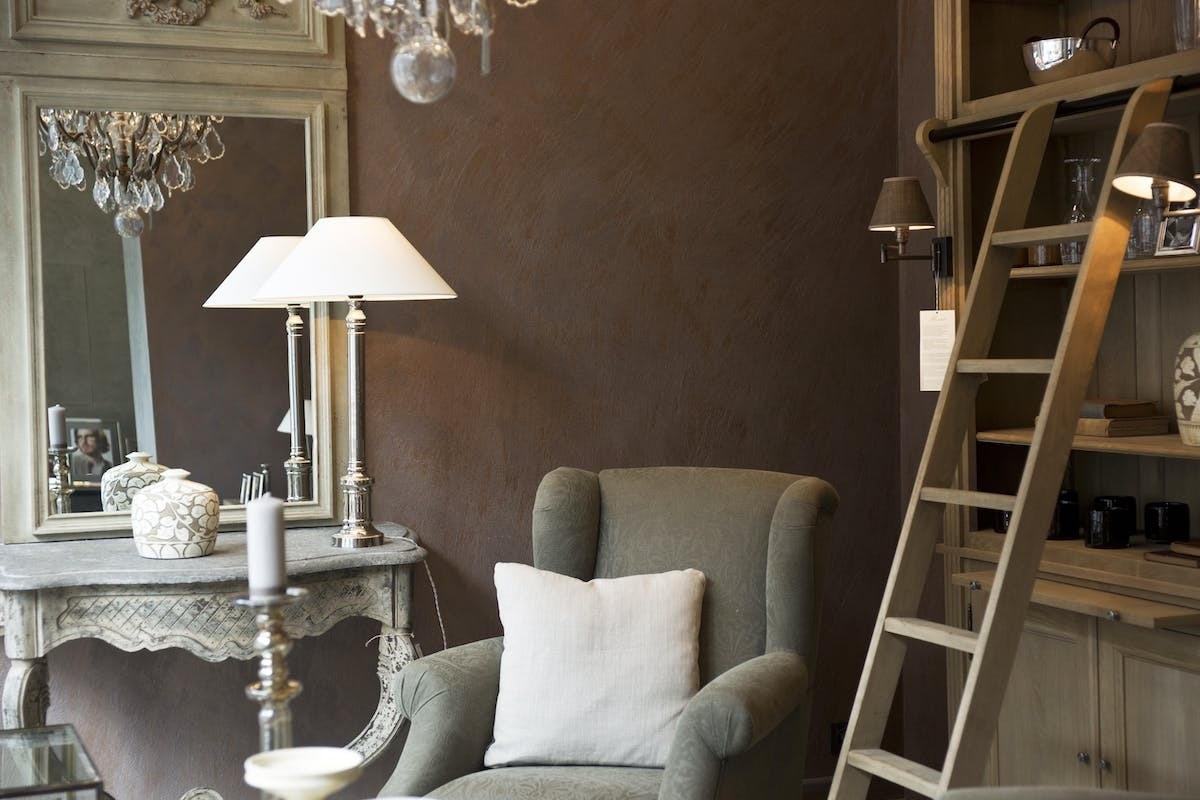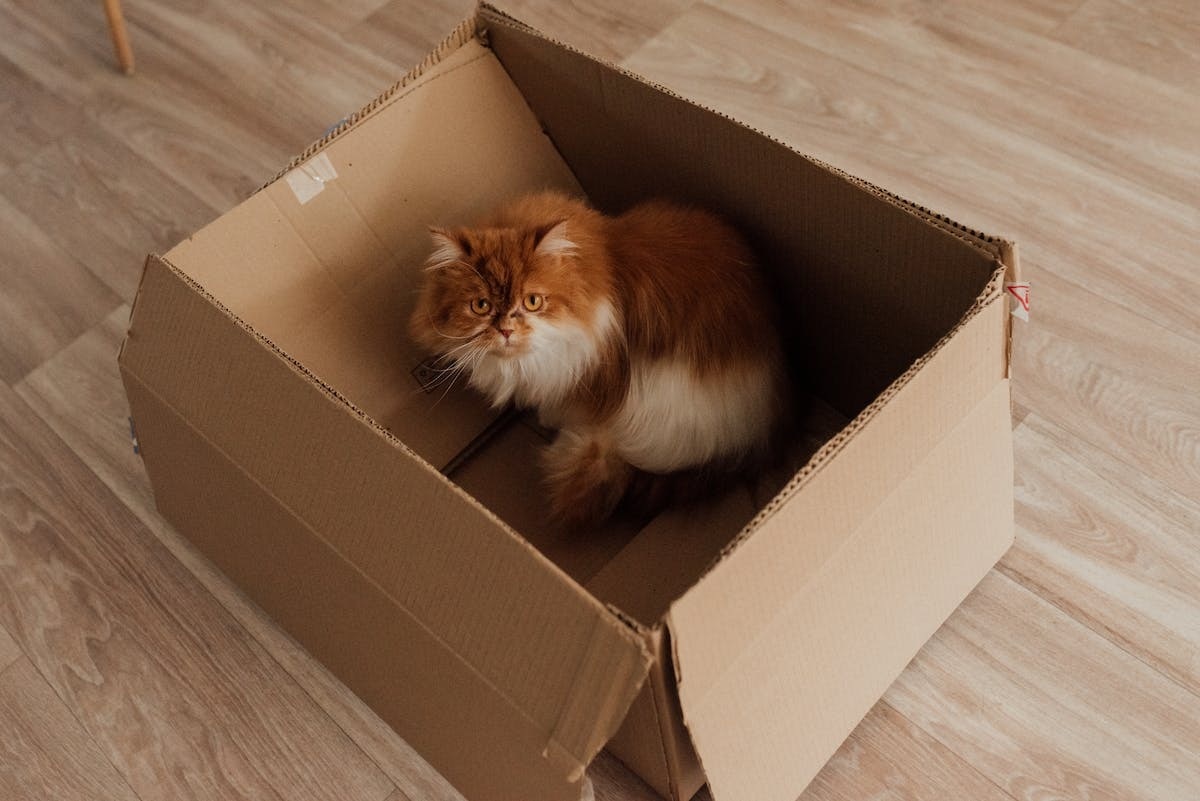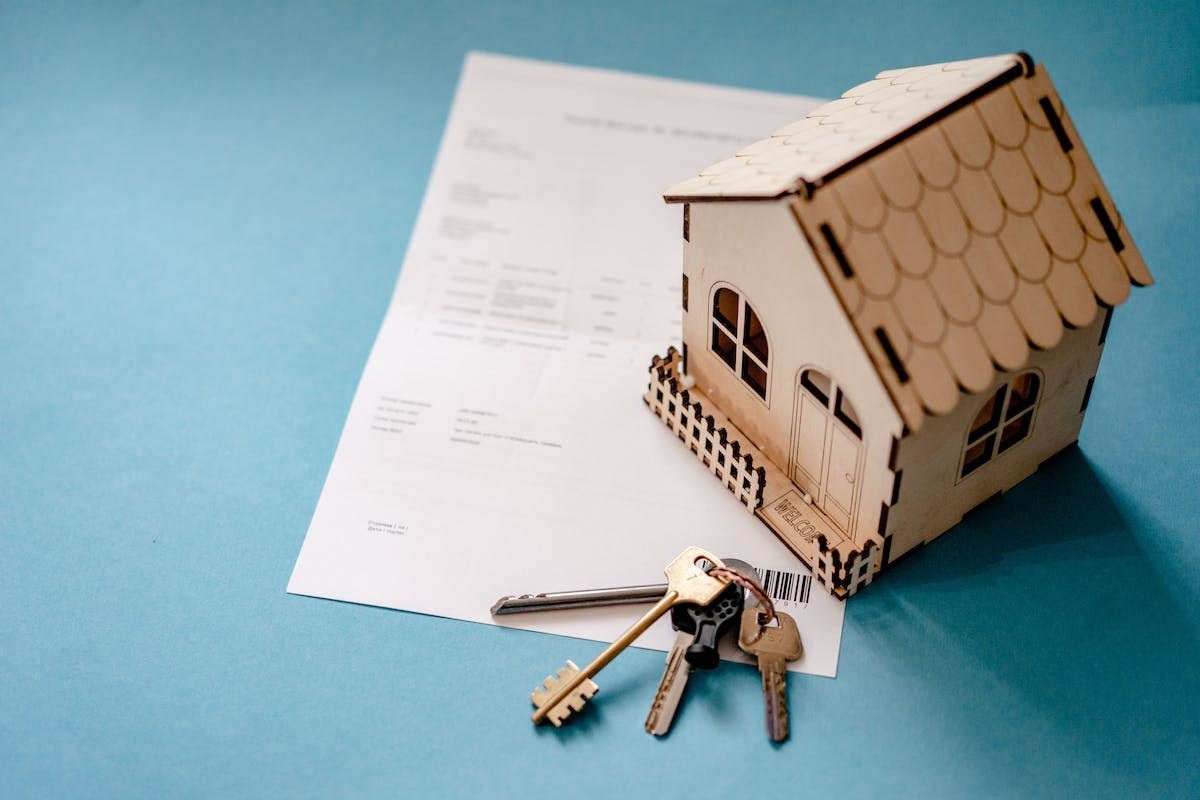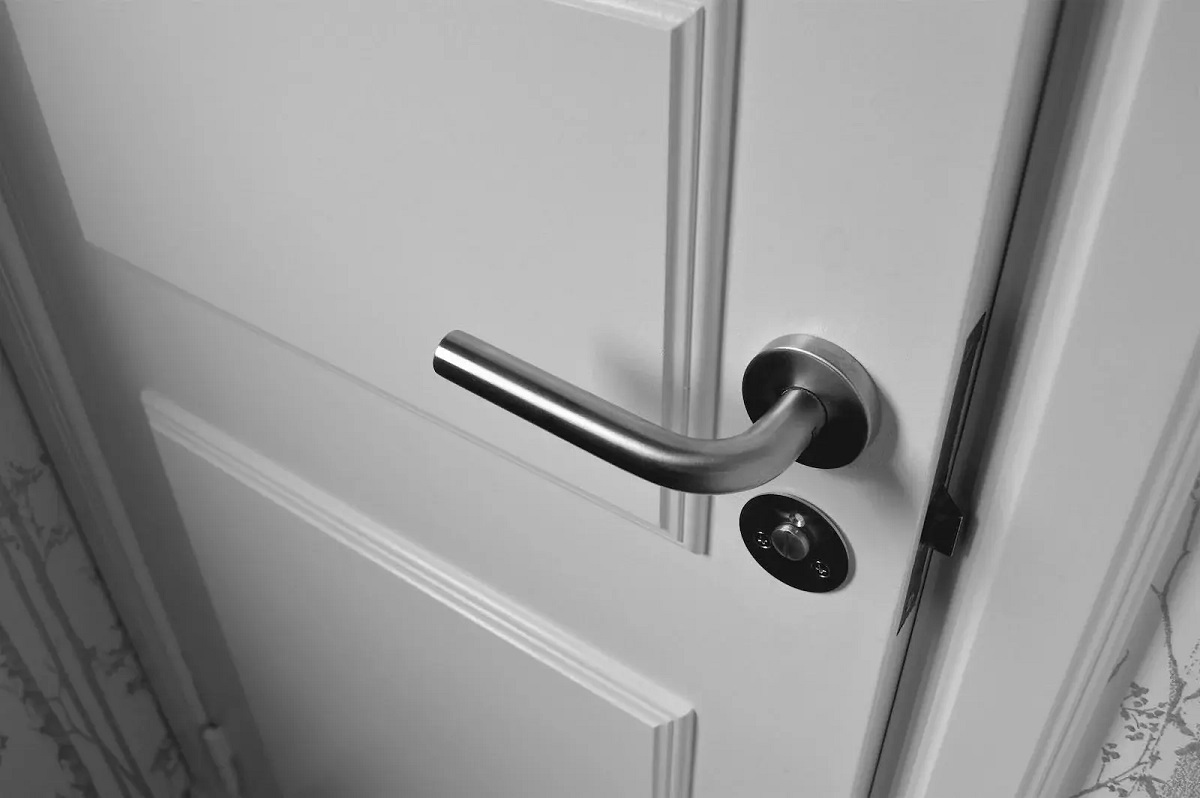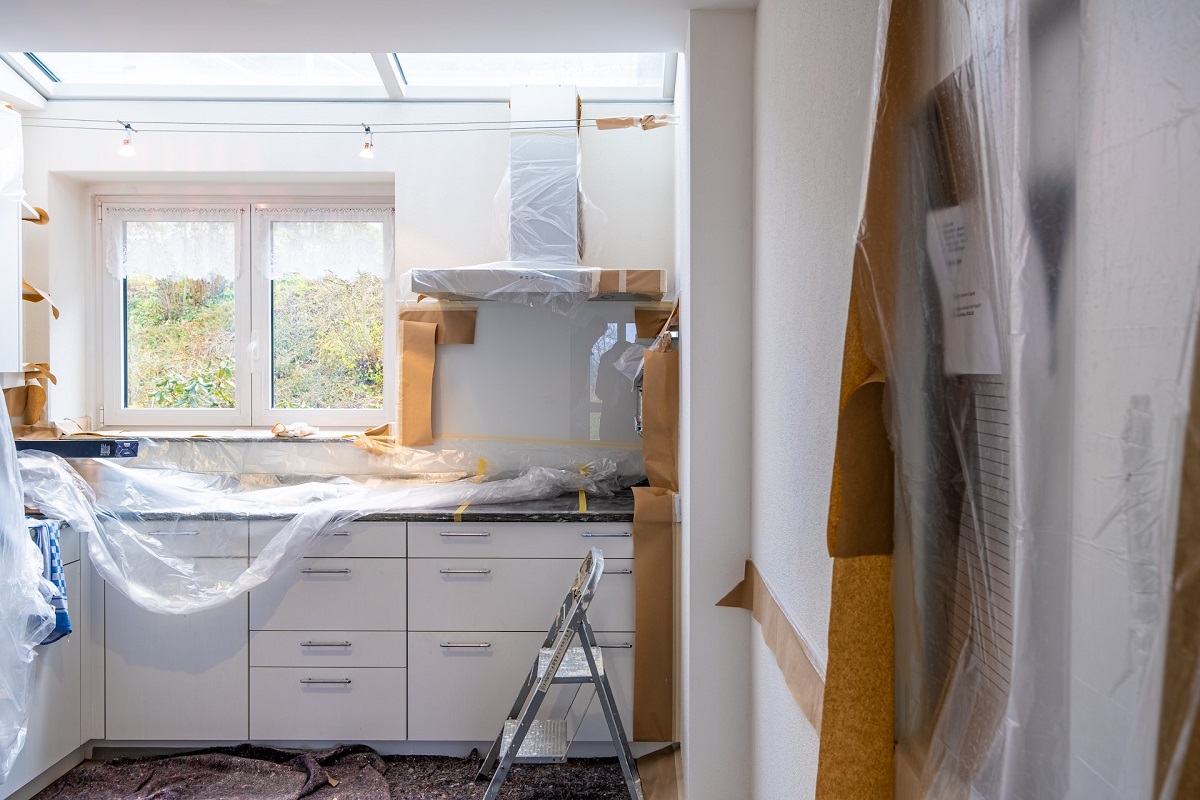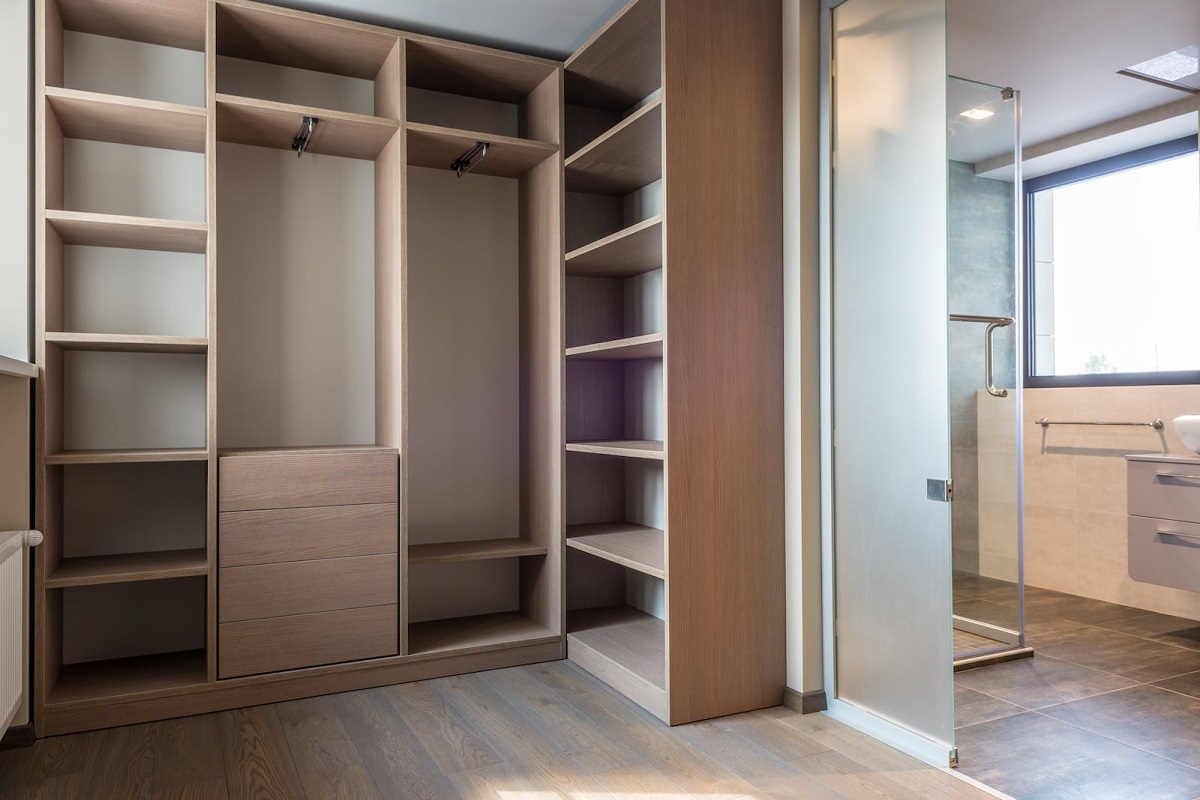
When storage capacity seems elusive in your home, it’s time to make a few decisions
___
Published Date 10/4/2023
Finding ways to get organized can often be a bridge too far for some, as storage solutions are anything but one-size-fits-all.
While Realtor Magazine’s Barbara Ballinger says fall is the time to get organized, the truth is that any time of year is the time to do it. Getting organized breeds sanity and satisfaction no matter what the season. Still, she offers a few “best practices” for the tasks at hand.
“New homes are shrinking in size and storage space, and older homes have their share of storage woes as well, which makes it difficult for homeowners to keep their homes tidy and organized,” she says. “Though many homeowners in recent years have latched onto the decluttering philosophies of Marie Kondo and Swedish Death Cleaning, some didn’t organize and store what was left, leaving them with piles. Moreover, most homeowners continue to buy, making it unlikely that their rooms will have space for everything.”
Ballinger called on the expertise of South Carolina designers Jacob Laws and his partner who understand the challenges of limited storage space. They own an early 1800s home and intentionally limit their possessions to ensure it stays tidy. “But it’s easier for us,” he says. “This is what we do professionally.”
The good news is that everyone from home builders and architects to professional organizers and designers are swooping in to help with this issue. Commercial interior designer Mary Cook advises home builders on closet design, angling a staircase in one townhouse model to accommodate a second hall closet and also arranging the garage to make its ceiling higher to fit more storage. Wingspan Development Group offers extra closets as options in some of its multifamily units, including walk-in styles and pantries off kitchens. And many pros are weighing in, making visualizing possibilities easier with renderings.
Before organizing, homeowners should declutter, basing their decision on the traditional rule that says that if something hasn’t been used in three to five years or offers great sentimental value, it goes.
Another factor is that every homeowner should factor in how long they hope to stay, since built-ins, including closet systems, can be more costly than many freestanding furnishings, which may be transported to a future home. “Live in your space for a few months before you commit to any storage investment,” Laws says.
The best questions for homeowners to ask themselves, says architect Bob Zuber are: What am I storing? How accessible does it need to be based on frequency of use? Does what’s being stored involve special considerations such as temperature control?
When once big entertainment centers and armoires ruled the day, “Costco Closets” have blossomed in suburban homes for bulky items. Any systems installed should be adjustable whether shelves in a bookcase or clothing rods in a closet, since needs change.
Storage should also reflect a home’s design style and price point. That means more expensive wood shelves in move-up homes, and wire shelving in more affordable categories. “Think carefully about which materials to use. In general, metal costs more than wood, except for exotic species; stained wood is more expensive than painted; and melamine and similar materials are the least expensive yet still very durable, says designer Rebecca Pogonitz. Wood offers the advantage of being able to be customized, says designer Suzan Wemlinger. Avoid over-personalizing storage unless what’s stored warrants extra expense. “This rule may apply to a fine wine collection in a custom cellar,” they advise. “An alternative is a refrigerated wine cooler that can be taken to another home.”
“Storage should never be placed so it blocks doors, windows, furnishings and traffic flow,” says Ballinger. “Its purpose is to support daily life rather than make it harder.”
When the pandemic hit, many homeowners did not consider future needs and began filling up every storage option as space for home offices and home classrooms became huge issues. Some found it by converting an extra closet into a functional cubicle.
Of course, one can consider off-site public storage. But that option is costly and often becomes an excuse for delaying decluttering. The bottom line is that every room should have some storage.
RealtorMag, TBWS
All information furnished has been forwarded to you and is provided by thetbwsgroup only for informational purposes. Forecasting shall be considered as events which may be expected but not guaranteed. Neither the forwarding party and/or company nor thetbwsgroup assume any responsibility to any person who relies on information or forecasting contained in this report and disclaims all liability in respect to decisions or actions, or lack thereof based on any or all of the contents of this report.
DISCLAIMER: Any interest rates and annual percentage rates (APRs) contained in this publication are based on current market conditions and are for informational purposes only.
Unlocked rates and APRs are subject to change without notice and may have pricing add-ons related to property type, loan amount, loan-to-value, credit score and other variables—call for
details. Progressive Lending Solutions, Inc. Licensed in MN and WI.


Progressive Lending Solutions, Inc
Corporate
NMLS: 107620
Progressive Lending Solutions, Inc.
Corporate: 2277 Hwy 36 W, Suite 304, Roseville MN
Company NMLS: 107620
Office: 866-680-2840
Cell: 612-940-5230
Email: info@progressivels.com

Progressive Lending Solutions, Inc
___
Corporate
NMLS: 107620
Cell: 612-940-5230
Last articles
___

Homebuyers need patience as well as a strategy
5/28/2024
In some instances, buying a home in today’s market amounts to a lot more than ma... view more

What aspects of buying can homebuyers actually control these days?
5/17/2024
This market. Call it what you will, because today’s homebuyers no doubt have all... view more

Put a cork in it. Why not?
5/7/2024
It may just be one of the best-kept secrets around when it comes to renovating o... view more

Downsizing after retirement: A decision best made with careful consideration
4/16/2024
Retirement can be a happy time. Earning downtime not steeped in paychecks and li... view more

The latest in real estate fraud: Forgeries expertly aided by computer technology
4/5/2024
This new huckster practice is known as deed fraud or home title theft. It involv... view more

Water in your home: Like water under the bridge or a cut above?
4/2/2024
When poet Samuel Coleridge was speaking of water being everywhere without a drop... view more

Great water pressure is no accident
3/26/2024
Water pressure is a big deal. Where we want it most, however, is in our homes, s... view more

Springtime open houses and quick decisions
3/11/2024
Things are looking up for real estate lately. Those who report the numbers are t... view more
Load more
 Progressive Lending Solutions, Inc.
Progressive Lending Solutions, Inc.




